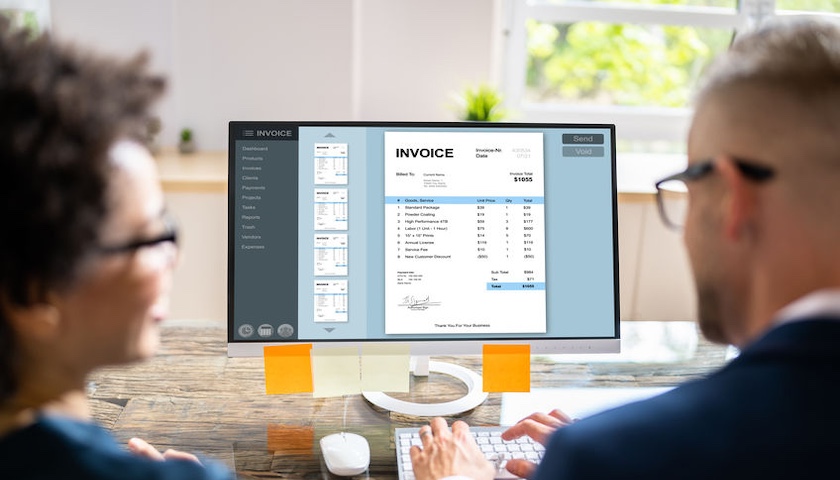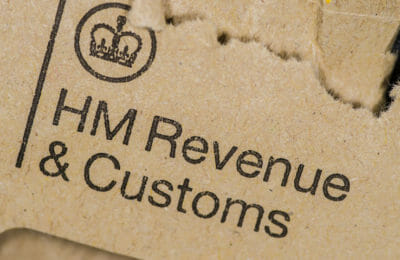HMRC has just launched a consultation on e-invoicing. Entitled Electronic invoicing: promoting e-invoicing across UK businesses and the public sector, it will run until 7th May 2025. In this post, we look closely at what the consultation is about and how it may affect your business in the future.
What is e-invoicing?
Before we start, we need to clarify what e-invoicing is. In this context it means the direct exchange of invoice information between buyers and suppliers. Essentially, when you issue an invoice using your accounting software, it is automatically written into your buyer’s software. This cuts down on processing times – there’s no need to manually enter information into the buyer’s financial software.
Why is HMRC consulting on e-invoicing?
HMRC has noted that, while some accounting software is compatible with e-invoicing, relatively few businesses are making use of it. It believes part of the problem is that there are no set standards for e-invoices. This means that not all software with e-invoicing capabilities is compatible with other software.
HMRC is keen to increase the use of e-invoicing. It argues that it is capable of delivering benefits, such as:
- Improved productivity by reducing admin time and costs
- Better cashflow by supporting faster payments
- Simplified tax reporting by reducing error and helping businesses to better manage their taxes
- Preventing fraud by lowering the risk that invoices will be intercepted and tampered with
Is there any evidence that electronic invoicing delivers these benefits?
Yes. HMRC points to a couple of examples where e-invoicing has improved cashflow. The first is Australian government agencies who pay suppliers within five days, rather than the 20 it takes to settle other types of invoice. The second is a UK NHS trust which pays electronic invoices almost twice as quickly as other invoices.
What does the consultation ask?
The consultation asks 34 questions. Some of the key topics it covers include the following:
- Different models of invoicing. HMRC asks for views on two models of invoicing. The first is a centralised model. This would mean all invoices got submitted to a central platform, which would then send on the invoice to the customer. The second is a decentralised model. This would see e-invoices being created by a supplier’s software and then issued directly to the customer’s software. HMRC currently does not favour a centralised model as it would require government to build a system to process all invoices.
- Whether to make e-invoicing compulsory or voluntary. The current, voluntary system means that businesses increasingly have to run dual systems for electronic invoices and traditional ones. A mandated system could help maximise the potential benefits of e-invoicing.
- What scope of mandate would be most appropriate. Options include making electronic invoices mandatory for business-to-business transactions and/or business-to-government transactions. Other possibilities include mandating all businesses over a certain size to receive (or issue and receive) electronic invoices.
- E-invoicing and real time digital reporting. This would mean sharing invoice data with HMRC when issuing the invoice or shortly afterwards. This kind of system would simplify tax reporting for businesses and help improve tax compliance.
Is e-invoicing worth it?
In the longer term, yes, electronic invoicing is a good idea. It can help reduce admin costs (by 60% to 80%) and result in better cashflow. However, businesses would face the initial cost of accounting software that can issue and receive e-invoices.
How can I respond to the consultation?
If you would like to make your views known, you can access the consultation here.
About Jon Pryse-Jones
Since joining THP in 1978, Jon Pryse-Jones has been hands on with every area of the business. Now specialising in strategy, business planning, and marketing, Jon remains at the forefront of the growth and development at THP.
An ideas man, Jon enjoys getting the most out of all situations, “I act as a catalyst for creative people and encourage them to think outside the box,” he says, “and I’m not afraid of being confrontational. It often leads to a better result for THP and its clients.”
Jon’s appreciation for THP extends to his fellow team members and the board. “They really know how to run a successful business,” he says. He’s keen on IT and systems development as critical to success, and he continues to guide THP to be at the cutting edge and effective.
Read More











